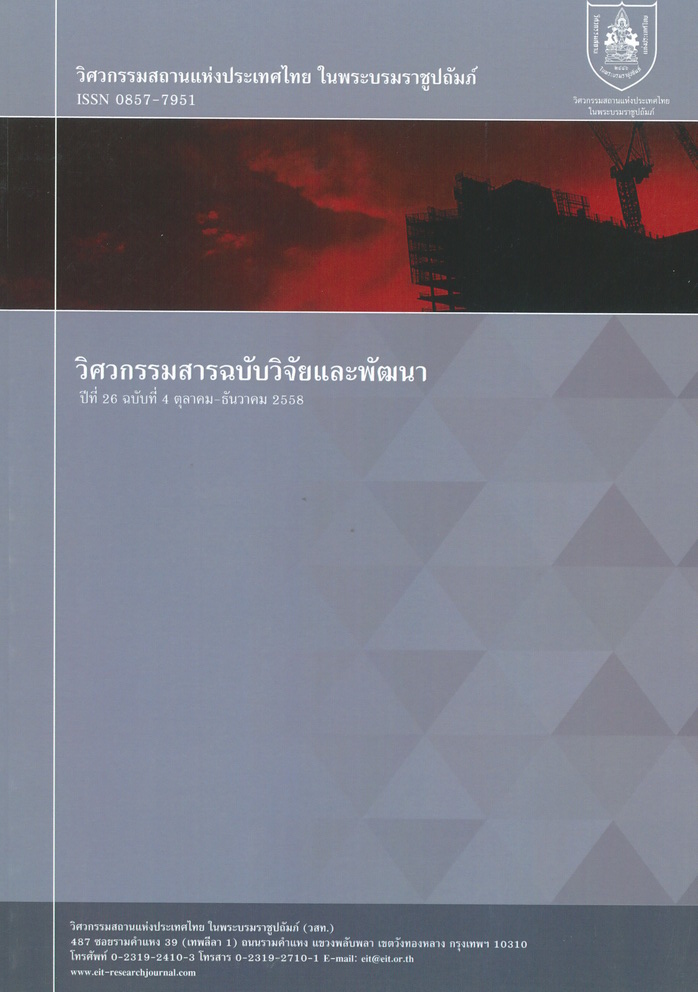LABORATORY ASSESSMENT OF COMPRESSIVE STRENGTH OF JOINTED ROCKS UNDER CONFINEMENTS
Main Article Content
Abstract
Triaxial compressive strength tests have been performed to determine strength of rock mass model with multiple joint sets and joint frequencies under confining pressures up to 12 MPa. The predictive capability of some commonly used strength criteria is assessed. The cubical sandstone specimens with nominal dimensions of 60×60×60 mm3 and 80×80×80 mm3are compressed to failure using a true triaxial load frame. The joints are simulated by saw-cut surfaces to obtain joint frequencies ranging from 13 to 67 joint per meter. Results indicate that the larger numbers of the joint frequencies and joint sets show the lower strengths. This is true for all confining pressures. The increase of the rock mass model strength with the confining pressure tends to be non-linear, particularly for the three joint sets specimens. For single joint set specimens, the strength of the specimens with joints normal to σ1 axis always yields greater strength than those with joints parallel to σ1 axis. Hoek-Brown, Sheorey, Yudhbir and Ramamurthy-Arora strength criteria give equally good correlation with the test results, showing R2 greater than 0.9. The parameter s of the Hoek-Brown criterion is highly sensitive to the joint frequency while parameter m tends to be insensitive to the joint frequency.
Article Details
Section
Research Articles
The published articles are copyright of the Engineering Journal of Research and Development, The Engineering Institute of Thailand Under H.M. The King's Patronage (EIT).


